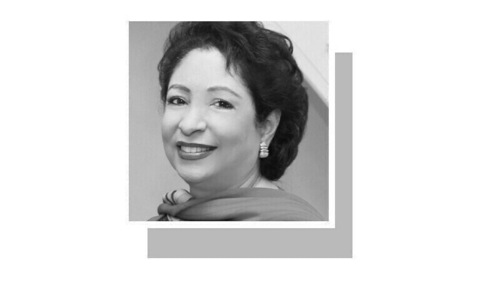ISLAMABAD: Trying to get away from dangerous airborne pollutants? Do not linger into sectors I-9, I-10 and I-11.
And if residents of Islamabad are bent on avoiding both invisible and visible particulate matters that travel through the blood stream and permanently settle in the lungs to cause respiratory problems, add sectors I-8 and areas of Rawalpindi adjacent to the industrial area as no-go zones.
According to environmentalists in the Ministry of Climate Change, Islamabad owes its high air pollution to continuous mega development works such as road widening projects, increasing numbers of cars and particularly steel mills, a dominant source of air pollution.
“Islamabad may not have the worse air quality but its high enough to have drawn the attention of the Supreme Court over the past years, issuing directions to monitor emissions from steel mills in particular.
“The declining quality of air is the biggest environmental issue in Islamabad,” said an official of the ministry.
Particulate matter in smoke causes respiratory and cardiovascular diseases, says official
According to another official, the quality of air is worse in I-8, I-9, I-10 and I-11 than other parts of the city – higher than what is considered healthy.
The official explained that the smoke residents in these sectors see rising from chimneys is black carbon that contains particulate matter 10 (PM10). If inhaled, the particulate matter causes respiratory and cardiovascular diseases.
“But worst is the particulate matter 2.5 (PM2.5), mixture of solid and liquid particles that circulate in the air. Inhaling this type of particle can increase risks of lung cancer, heart attacks, strokes and emergency room visits for people with asthma and heart problems.”
He explained that the black smoke was caused by the poor quality of scrap used by steel mills and furnaces.
The scrap included oil and paint canisters, one of the actual sources of black smoke.
“A lot of problems could be solved if the owners of these steel mills switched on their filtering equipment,” he added.
For the residents in these sectors who breathed PM2.5 and PM10 day in day out, there is no respite.
Rizwan Butt of I-9/4 said: “We open our eyes to a toxic fog mixed with tons of poisonous soot when the mills start their engines every morning after 5am. Our children breathe the same air,” he said.
Mehboob Ali, who owns a store in the I-9 Markaz, said he tried to keep his face mask as long as he could.
“The steel mills and furnaces run even after dark. The black smoke is visible in the darkness of the night. It has been so for many years now,” the shopkeeper said.
Here’s why the problems of residents in these sectors who breathe particulate pollution is less likely to go away.
When Secretary Ministry of Climate Change Khizer Hayat Khan was contacted, he told Dawn that he did not even know that emissions from the steel mills and the deteriorating quality of air in these areas were a problem. “This issue was never brought to my attention,” said Mr Khan.
However, after double checking with his subordinates, the secretary said a meeting was held between officials from the Pakistan Environment Protection Agency (Pak-EPA) and owners of the steel mills.
“Pak-EPA has asked the steel mill owners to install filters that cleansed the emissions of poisonous components,” Mr Khan said, adding in case of failure the environment watchdog would cancel their leases.
“More action is expected along these lines next week,” the secretary added.
Published in Dawn, April 2nd, 2018












































